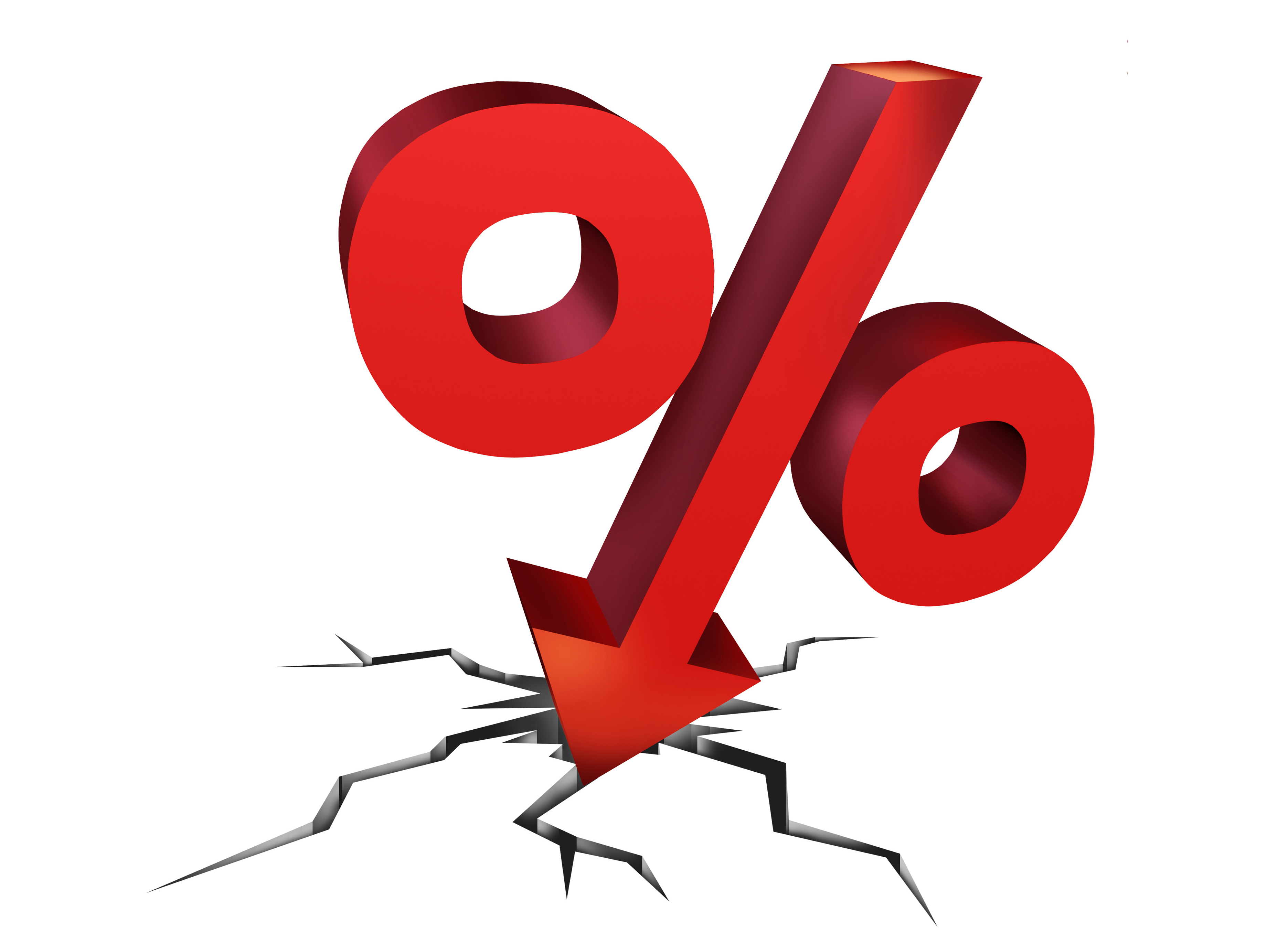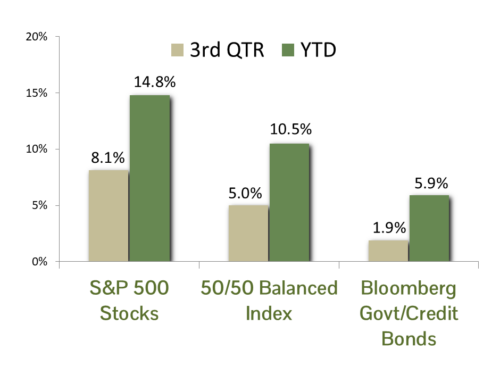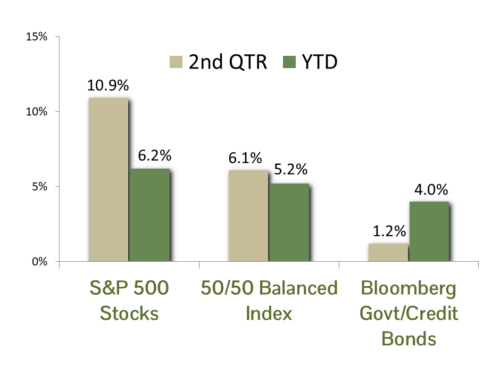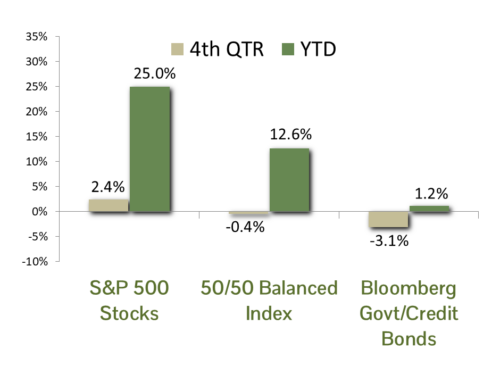SUMMARY
- Investors must invest. Staying in cash is not an option for most institutional investors.
- Negative yields are created by fees and extend to the rest of the yield curve and bond universe as investors execute their mandates
- Demand for US securities from foreign investors faced with negative yields in their home markets tends to drive rates lower in the US, thus tethering domestic yields to European and Japanese rates.
The world is a confusing place when it comes to interest rates in other parts of the world and their impact here in the United States. Commentators use the term “tethering” to describe the relationship between foreign and US rates. But what’s behind this relationship and why does the European Central Bank (ECB), for example, impact domestic yields?
To begin, one must accept a seemingly obvious, yet confusing principle: investors must invest. Many individual investors include the ability to not invest in their array of options. That sounds very easy – just sit in cash. But it’s not so easy for a European pension fund or life insurance company that literally may have millions of dollars, euros, yen, etc. flowing into their accounts daily. The companies plan on returns from those investments, so these funds must be put to work, even if the opportunities are not particularly appealing. Pension funds, insurance companies and other investors, both institutional and individual, who have lower risk tolerances, seek investments with higher degrees of certainty, such as bonds. Furthermore, they may have long term liabilities (like life insurance companies) that they must offset with long term investments.
This requirement to invest money becomes all the more complex in a world of negative yields. Until five or six years ago, the concept of negative yields was largely theoretical, with actual occurrences being an extreme rarity. The phenomenon basically originates from the application of fees. If, for example, a bank does not pay interest on an account, but rather charges a monthly fee, the depositor is experiencing a negative yield – they are losing money. That practice can be extended beyond checking accounts to depository relationships between commercial banks and central banks, which normally require banks to keep a portion of their demand deposits (checking accounts) on deposit with the central bank. In normal times, central banks pay interest on those deposits. If commercial banks are keeping too much money on deposit with their central bank rather than lending it out (which in theory stimulates the economy), the central banks can assess fees on those reserve deposits, thus incenting banks to invest it elsewhere. That action drives an increase in demand for other investments, which drives yields down, ultimately to less than zero.
Still, the concept of buying a bond with a negative yield simply doesn’t make any sense. Why should an institution make an investment that they know, if held to maturity, will be a money loser? There are two basic answers. The first relates to insurance companies and pension funds that have long term liabilities on their balance sheet and need to hedge those liabilities against interest rate risk. To do so the investors must match the average maturities of their assets against those liabilities. Therefore, they are forced to purchase fixed income investments with negative yields to match those liabilities.
The second reason is the concept of total return in bonds. Recall that as yields fluctuate, the prices of bonds react inversely. For example, if yields increase, a bond price declines. Therefore a portfolio manager purchasing a bond with a negative yield to maturity may be making a bet that yields will become even more negative. Crazy? Sure, but it absolutely happens.
Right now yields are negative across the yield curve in Europe and parts of the curve in Japan. Decades ago, investors were largely limited to investments in their domestic economies, but that is certainly not the case today. For example, with literally a few mouse clicks, a French investor can purchase fixed securities in other parts of the world. Consequently, when faced with negative yields in their domestic markets, many investors are choosing to invest in the United States and its positive yields. This action, of course, increases the demand for US bonds, which as we know increases the prices of those bonds (law of supply and demand). And, by extension, as the price of those bonds goes up, the yield goes down. Thus low or negative yields in Japan and the Eurozone have a dampening effect on yields in the United States. This impact is known in the financial press as “tethering.” Although the term may be a popular buzz word, tethering is certainly not a new concept. However, in a world of negative yields, the impact in the US is unavoidable.



